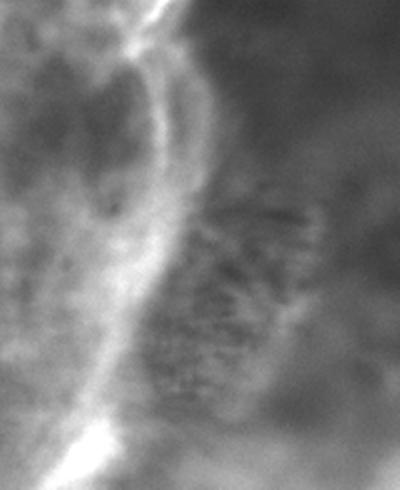Dr Peter Lackie BA, MA, PhD
Visiting Fellow

- Related links
Dr Peter Lackie is a Visiting Fellow within Medicine at the University of Southampton.
After graduating from Cambridge University, Dr Lackie completed a PhD with Professor Dame Julia Polak, Department of Histochemistry at the Royal Postgraduate Medical School (now Imperial College), University of London. In his PhD he studied regulatory peptide production by lung endocrine cells of normal lung and in small cell carcinoma of the lung using immunogold labelling for electron microscopy. In 1986 he moved to the cell biology group in the Department of Zoology at the University of Oxford working with Dr David Shotton studying the dynamics of the distribution of cell surface proteins on thymocytes. These studies used immunogold labelling techniques to study the redistribution of surface molecules on live cells in real time and three dimensions were developed in 1988 using one of the first MRC/Biorad confocal microscopes in collaboration with Dr Nick White. In 1989 he moved to the Biozentrum, University of Basel, Switzerland funded by a Wellcome Trust Travelling Fellowship, studying the cell biology of the cell adhesion molecule N-CAM and its modification by long-chain α2,8-linked polysialic acid. Of particular interest was the role of this glycosylation in epithelial-mesenchyme interactions as well as in small cell carcinoma of the lung. In 1991 he moved, together with Prof. Jürgen Roth’s group, to the Department of Pathology, University of Zürich, continuing this work and applying it to include cell interactions in mammalian development. He moved to Southampton in 1992 and was appointed a non-clinical lecturer and subsequently Associate Professor in the Faculty of Medicine, University of Southampton.
Current research projects include (1) development of micro-computed tomography (µCT) for 3D imaging of soft tissue at resolutions of a few micrometres and correlation with other imaging techniques (2) the cell biology of the airway epithelium and (3) the cell and molecular biology of Primary Ciliary Dyskinesia.
Qualifications
BA, Natural Sciences Tripos, University of Cambridge, 1982
MA, Natural Sciences Tripos, University of Cambridge, 1986
PhD, Royal Postgraduate Medical School, University of London, 1987
Postgraduate diploma in software development [PGD Soft Dev], Open University, 2004.
Appointments held
Research assistant, Histochemistry Dept., Royal Postgraduate Medical School, University of London. 1985- 1986
Post-doctoral research assistant Cell Biology Group, Department of Zoology, University of Oxford. 1986- 1988
Wellcome Travelling Research Fellowship Cell Biology, Biocentre, University of Basel, Switzerland. 1989 – 1990
"Assistent" (demonstrator) Cell and Molecular Pathology, University of Zürich, Switzerland. 1990-1992
Non-clinical lecturer, School of Medicine, University of Southampton. 1992-2018
Associate Professor, Faculty of Medicine, University of Southampton. 2018 – present.
